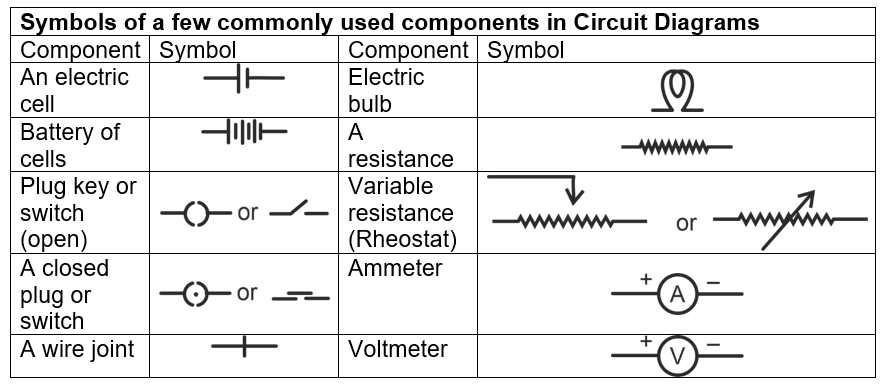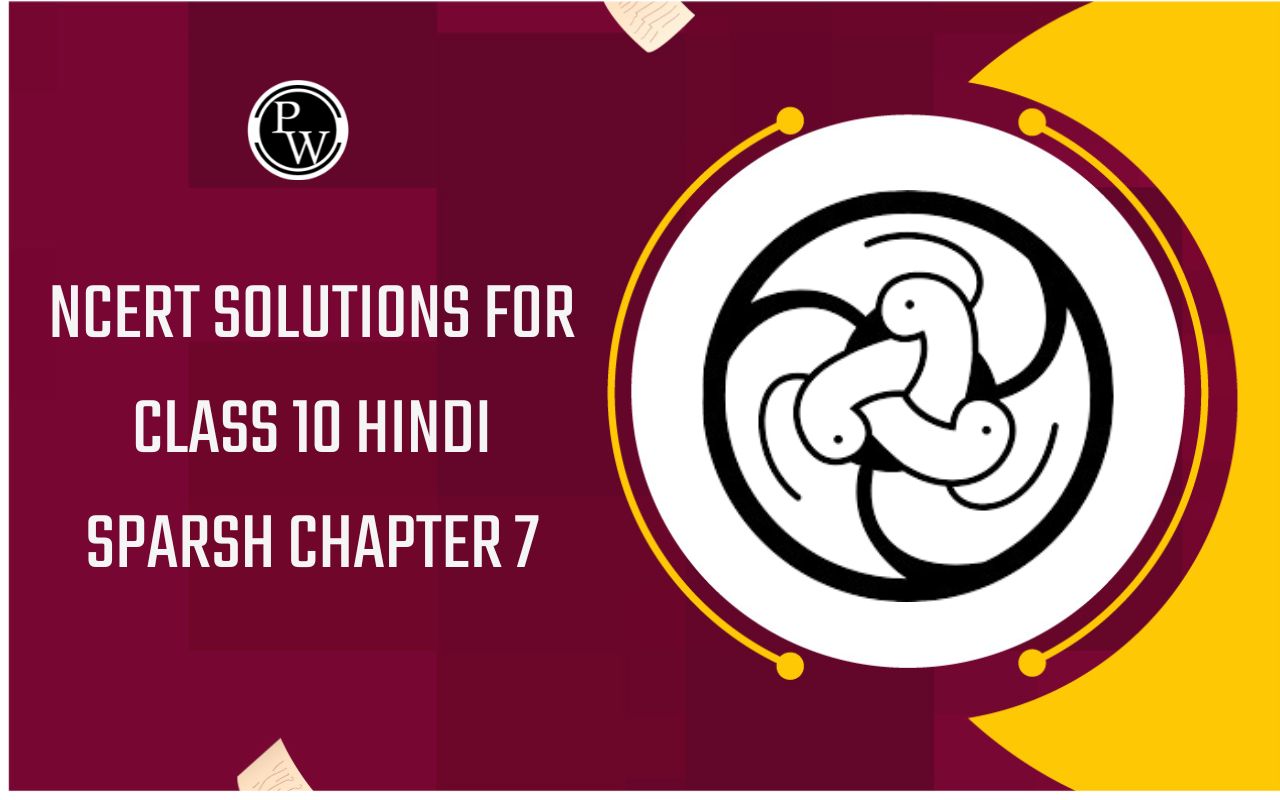
Science class 10 chapter-Electricity Formula & Important points
May 19, 2022, 16:45 IST
Formula for Class 10 Chapter - Electricity
Electricity is the charge flow in the conductor from the anode to the cathode. Electricity has different applications. It serves as a power supply tool for electrical devices. We can say that charge flow creates a current, which we call electricity. To understand how electricity is produced, we need to understand the various basic parameters associated with it, such as voltage, current, resistance, conductivity, and the relationship between them.
| Quantity | Formulas | Unit |
| Current I |
I = Q / t
Q = Charge t = time taken |
Amperes (A) |
| Voltage V |
V = E / Q
or V = W / Q E = Energy, W = Work done |
Volts (V) |
| Resistance R |
R = ρl / A
ρ = Resistivity, l = length, A = Area or, R = V / I |
Ohm (Ω) |
| Power P | P = VI | Watts (W) |
| Conductivity σ | sigma = 1 / ρ | Siemens per meter (S/m) |
Electricity and its Effect (notations)
| Physical Quantity | Symbols | SI unit |
| Voltage (potential difference) | V | Volt(V) |
| Power | P | Watt(W) |
| Charge | Q | Coulomb (C) |
| Work or Energy | W | Joule (J) |
| Resistance | R | Ohm Ω |
| Current | I | Ampere (A) |
| Resistivity | ρ | Ohm metre (Ω m) |
Current:
The rate of charges (Q) through a conductor is called current (I) and is given by.
current = charge/time
I = Q/t.
The SI unit of current is ampere (A).
Electromotive force: The potential difference at the terminals of cells in an open circuit is called electromotive force (emf) and is denoted by letter E.
Potential difference is the work done in bringing a unit charge from one place to another.

Ohms law: At any constant temperature the current (I) flowing through a conductor is directly proportional to the potential difference (V) across it. Mathematically,

Where R -Resistance, V – Voltage (P.D.), I - Current

To become expert in Science do read NCERT text book and solve questions given in the exercise with the help of NCERT solutions for class 10 Science . All NCERT Solutions are prepared by experts of Physics Wallah.
Download Free Pdf sheet of Electricity it consist of Short notes and key points of Physics for class 10 from the link given below.









